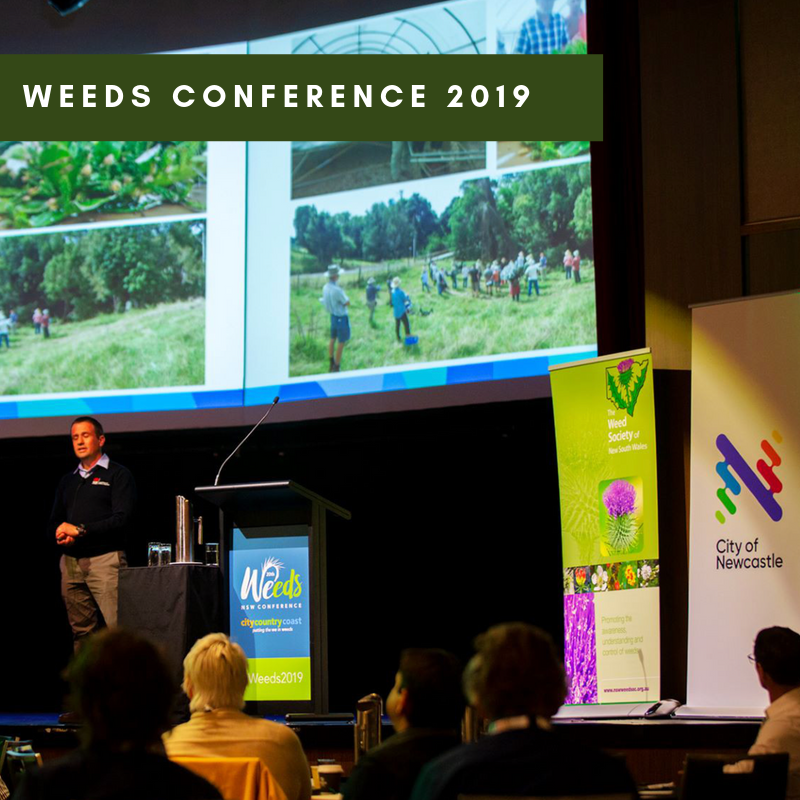Weeds continue to be a big problem for NSW- What are the strategies, research and new products being developed? Are we effectively putting the ‘We’ in weeds across tenure?
See below links to a few presentations that may pique your interest from the recent Weeds Conference
Hunter - Putting the We in Weeds
Doug Campbell
What are the next priorities for biological weed control in NSW?
See Major biological control initiative for environmental weeds in NSW update and future investments by Dr Louise Morin
Natural ‘ green’ herbicides are becoming more prevalent due to the long term sustainability issues and risks of using traditional herbicides, but are they (cost) effective and under what circumstances?
The majority of ‘green’ weed-control products are botanically based oils (e.g.,pine oil, clove oil, eugenol, and d-limonene), soaps (e.g., pelargonic acid), or acetic acid that control weeds by destroying the leaf cuticle or causing cell leakage that rapidly leads to death. These contact herbicides kill only green parts of the plant they contact. They don’t provide long-term control of weeds with extensive root systems or underground storage structures such as rhizomes, tubers, or bulbs. In contrast, some conventional herbicides such as glyphosate or 2,4-D are translocated to roots or underground storage structures to kill larger plants and perennial weeds.
Given this, there are pros and cons for every type of control method and the risks may outweigh the benefits for certain users and situations. The following research is attempting to answer some of these weedy questions:

